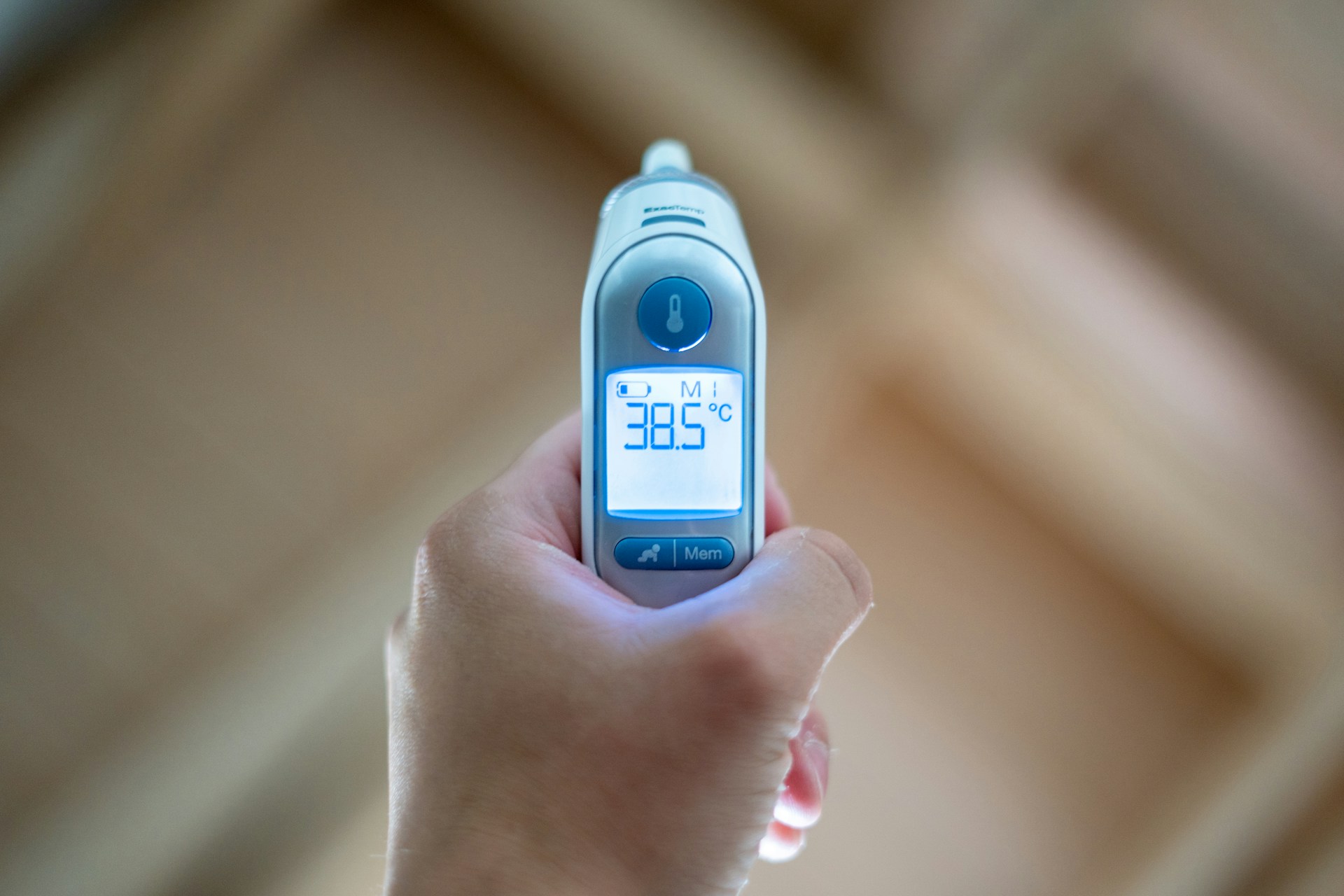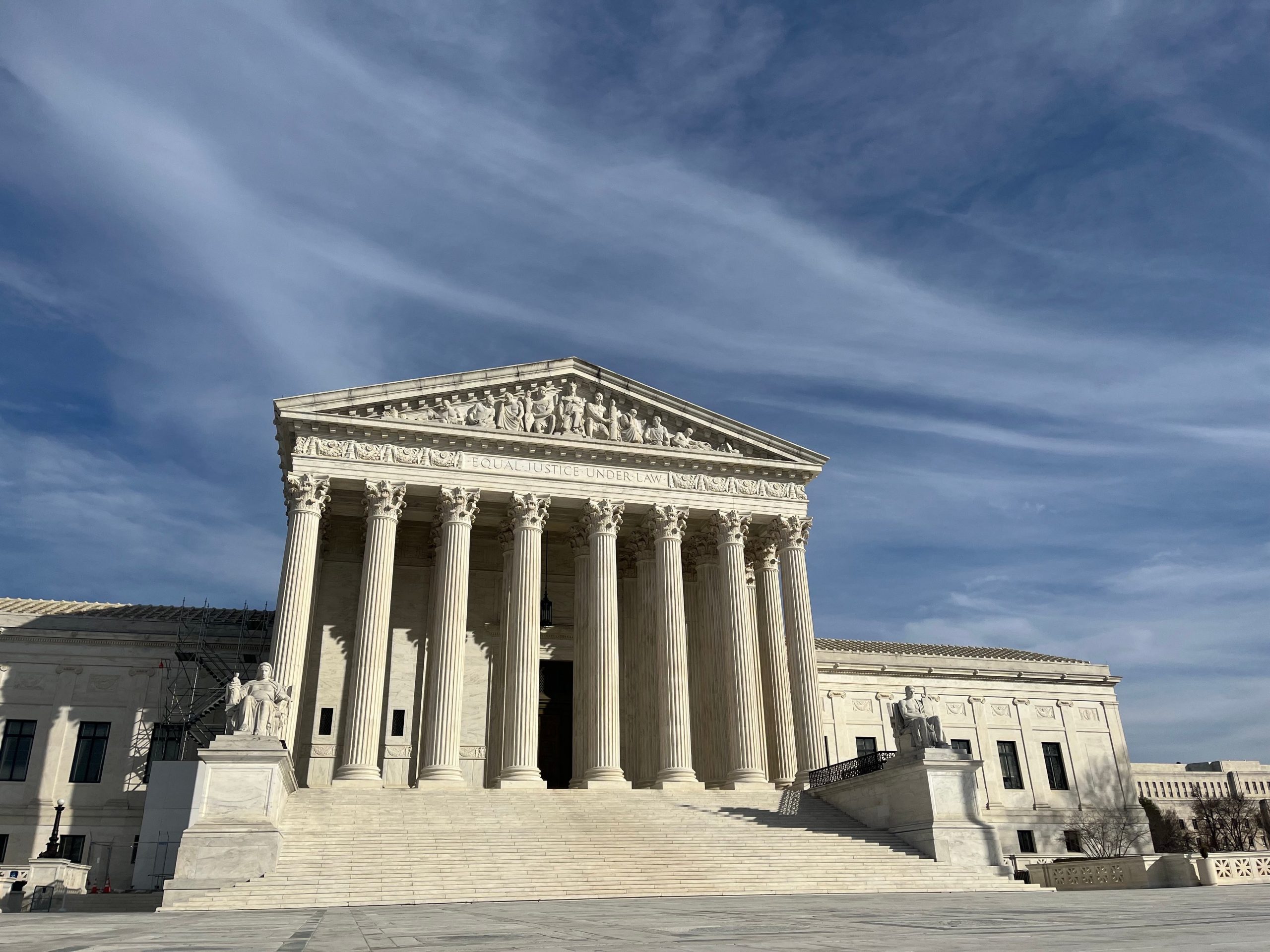The FDA’s case against flavored vapes is heard by the Justices
ARGUMENTAL ANALYSIS
Amy Howe
(Jonathan Weiss via Shutterstock)
The Supreme Court on Monday morning heard oral arguments in a challenge to the Food and Drug Administration’s rejection of two companies’ applications to sell fruit-, candy-, and dessert-flavored liquids for use in e-cigarettes. A lawyer for FDA urged the court to keep the denials, citing the addiction and health risks that the products pose to young people. The Family Smoking Prevention and Tobacco Control Act requires tobacco product manufacturers to get FDA approval before releasing a new product. To get this authorization, the manufacturer must prove that marketing the product is “appropriate” for the protection of public health. This standard requires the FDA to take into account “the risks and rewards to the population at large,” including the likelihood that those who use tobacco products today will stop using them, and the possibility that those who don’t use them now will start to use them. Their products include the flavors “Rainbow Road,” “Creme Brulee,” and “Jimmy the Juice Man Peachy Strawberry.”
The FDA rejected both companies’ applications. The FDA cited the “known and significant risk” that flavored ecigarette products pose to young people, arguing that the use of flavored liquids increases the likelihood of young people using ecigarettes and eventually tobacco. The FDA denied permission to market eliquids because it had not found any evidence to support this. It characterized the FDA as pulling a “regulatory switcheroo”: The agency, in its view, had given Triton and Vapetasia specific instructions that they followed, only to then ignore those instructions and deny authorization while imposing new requirements.
Representing the FDA at the Supreme Court on Monday, Deputy Solicitor General Curtis Gannon told the justices that the FDA had done no such thing. He argued that Triton and Vapetasia were not “unfairly shocked” by the rejection. The agency had simply rejected their applications because they hadn’t provided enough evidence to support their claims that flavored e-cigarettes are crucial to get adults to switch from conventional cigarettes to e-cigarettes, which also contain nicotine and toxins but expose users to fewer toxic chemicals than traditional tobacco smoking.
Justice Clarence Thomas pushed back against that argument, telling Gannon that Triton and Vapetasia insist that the guidance provided by the FDA was a “moving target.” Either the agency’s instructions weren’t clear or it changed those instructions midstream, Thomas suggested.
Gannon countered that the companies were aware of the FDA’s concerns about the attractiveness of flavored e-cigarettes and e-liquids to young people, and that they would therefore need to show that flavored liquids would provide a benefit to current adult smokers. But the data simply didn’t support their claims, he maintained.
The court’s liberal justices clearly agreed with Gannon. Justice Ketanji Brown Jackson pointed to what she characterized as announcements by the FDA, made before Triton and Vapetasia submitted their applications, “about the significance of flavors.”
Justice Elena Kagan echoed Jackson’s point, in even more detail. “I don’t really see what the surprise is,” she told Eric Heyer, the representative of the vaping companies. The applications show that the companies were aware of FDA concerns about flavored electronic cigarettes and eliquids. They also knew the benefit to adults in quitting smoking. But the FDA in the end concluded that, based on the evidence that the companies had submitted, it was not convinced.
Justice Sonia Sotomayor also agreed. Heyer told her that the FDA did not specify a specific type of study as being required. She continued that the FDA only said that it would be helpful if companies provided other evidence and that the evidence they had provided was not sufficient. Justice Brett Kavanaugh appeared to be sympathetic at times to the agency. Heyer told Kavanaugh the FDA’s shift in position was the mistake. Heyer said that when the FDA changes its stance, as it did here, it must acknowledge the change and allow applicants like Triton or Vapetasia to conduct the studies it now requires. Kavanaugh was skeptical of what he called the “real-world” impact of a similar ruling. He noted that the companies can also reapply to sell their e cigarette liquids. He asked, how would that be different from what companies are currently seeking?
Heyer said that a ruling reinstating denial orders for Triton or Vapetasia would be “punitive”. He said that the FDA can take up to three or four years before deciding on applications to sell new tobacco products. Heyer stated that his clients “cannot afford to wait.” He asked Gannon what kind of evidence the FDA thought the companies should have provided. Alito summarized the FDA’s view when Gannon explained the companies had to provide “sufficient” scientific evidence to show that flavored electronic cigarettes will reduce the use of conventional cigarettes among current adult smokers. “You may succeed” if you have two specific types of scientific studies. Gannon told the justices that even if the FDA made a mistake, that error was harmless because the “agency has already concluded that the marketing restrictions wouldn’t have made any difference in keeping these products out of the hands of minors.”
Gannon urged the Justices to reverse the 5th Circuit ruling that the FDA had to consider the companies’ plans that outlined restrictions to moderate the risks associated with e-cigarettes, such as verifying age through online sales. Even if the FDA made a mistake, Gannon told the justices, that error was harmless because the “agency has already concluded that the marketing restrictions wouldn’t have made any difference in keeping these products out of the hands of minors.” Sending the case back to the FDA for it to reconsider this same issue, Gannon said would not accomplish anything because the FDA “has already revealed what it would have done here.”
Justice Neil Gorsuch appeared to agree, suggesting to Heyer that it was “pretty obvious what will happen on remand with regard to the marketing plans.”
But other justices were not necessarily convinced. Chief Justice John Roberts noted that when an agency makes a mistake, the court usually sends the case back for the agency to deal with.
Gannon’s response – that it would not impose a “big burden” for the FDA to review Triton and Vapetasia’s applications again – prompted Barrett to observe that the harmless-error question was a “pretty low-stakes” issue.
Gannon resisted slightly, emphasizing a desire to avoid what he characterized as an “endless game of ping pong” between the courts and the agency.
Toward the end of Heyer’s time at the lectern, Barrett sought to distill his argument. Barrett asked Heyer if he believed that the FDA had changed its position and that was all that was needed to decide that you would win.






